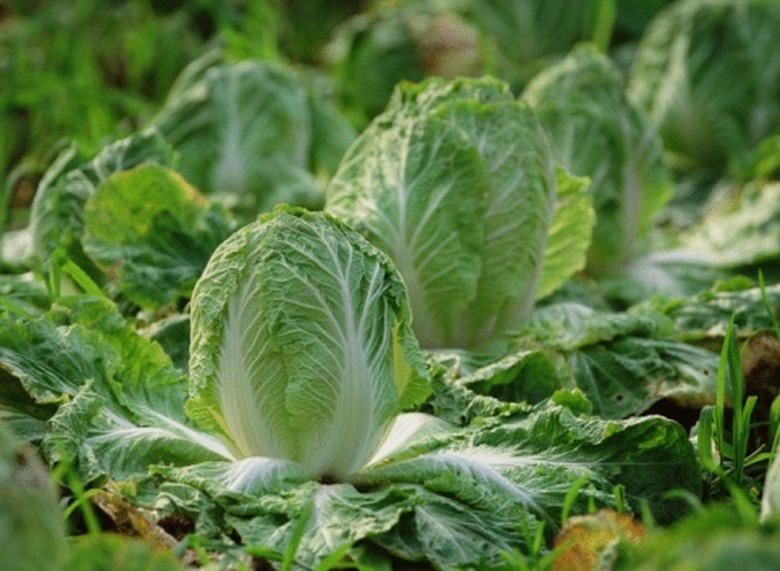Can I Use Cedar Shavings In My Vegetable & Flower Gardens?
Cedar shavings in flower gardens and vegetable beds cover the soil to prevent weed growth and maintain moisture levels. According to Colorado State University Extension, mulching can reduce irrigation needs by as much as 50 percent. Mulching with cedar shavings also provides a decorative feature to the landscaping of a home or business. Although mulching with cedar shavings will not prevent all weeds, it does control most weeds, saving the gardener time.
Nourishing Mulch
The American Rose Society considers cedar-based mulches to be a form of nourishing mulch, along with other wood mulches, products and compost. Nourishing mulch encourages soil microorganism to break down mulches and release nutrients into the soil in forms easy for plants to absorb. Without the introduction of nutrients through mulches, such as cedar shavings, plants can become nutrient-deficient.
- Cedar shavings in flower gardens and vegetable beds cover the soil to prevent weed growth and maintain moisture levels.
Cedar bark and chips are not recommended for vegetable or annual flowerbeds, according to Colorado State University Extension. The large size of the chips makes incorporation into the soil for annual spring planting difficult. The small size and nature of cedar shavings are appropriate for application in both vegetable and annual flowerbeds.
Disadvantages
While cedar bark and large mulch breaks down slowly, cedar shavings decompose quickly, requiring frequent reapplications. Cedar shavings are light and easily blown away by the wind. Keeping the shavings damp helps prevent blowing, but they will not stay in gardens in high wind areas.
Application
Apply cedar shavings to a garden in a 3- to 4-inch layer. Less mulch may result in weeds coming through the mulch, while more often results in weeds growing in the mulch. Re-apply as needed throughout the year. Heavy layers of mulch in the winter helps protect perennials and bulbs and can be removed in the spring or worked into the ground. The National Gardening Association recommends adding cedar shavings around vegetable plants after a light cultivation to loosen the soil. This helps prevent the compaction of the soil from watering and evaporation.
- Cedar bark and chips are not recommended for vegetable or annual flowerbeds, according to Colorado State University Extension.
- Heavy layers of mulch in the winter helps protect perennials and bulbs and can be removed in the spring or worked into the ground.
Alternative Garden Use
The Santa Fe Master Gardeners recommend placing dahlia roots in containers with cedar shavings in order to store them for the winter. The shavings prevent the roots from touching each other and from freezing.
